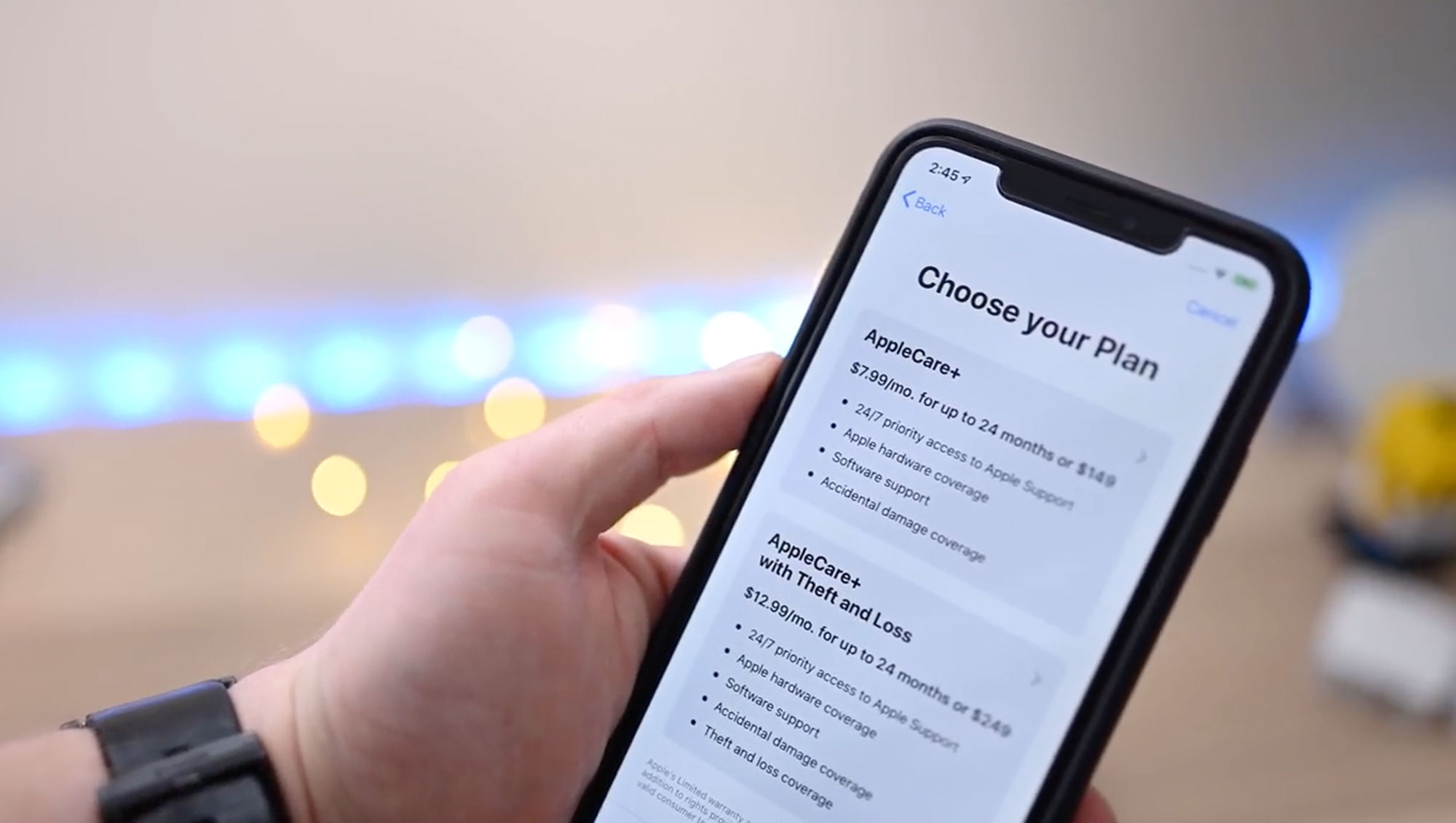

They block external noise much less effectively, so you may be tempted to turn your music up beyond safe levels. Earbuds, which have hard plastic earpieces, are usually the worst option if you want to prevent hearing damage.Opt for a pair with a choice of different sized tips to suit different ear shapes. The flexible tips form an acoustic seal round your ear canal to block outside sounds. In-ear headphones that come with flexible eartips are the next best choice, if you don’t like the feel or bulk of over or on-ear headphones.The headphone speakers are also further from your ear drums – in-ear headphones sound up to 9dB louder than over-ear sets at the same device volume. Over-ear headphones are the best option for your ear health, because they’re the best at forming an acoustic seal around your ear, so you don’t need to turn the volume up as loud.The type you go for can make a real difference to the risk of hearing damage.

Nor can you assume that sticking to the ‘safe listening levels’ that many smartphones indicate when you’re using headphones will automatically protect your hearing – how long you listen for matters just as much as the volume.Īre headphones or earbuds better for your hearing?Īs we explain in our guide on buying the best headphones, there are several types to choose from. Some headphones can sound much louder than others at the same volume on your device. In most cases your smartphone won’t know exactly what pair of headphones you’re using. Setting your smartphone’s volume limiter to 60% of the maximum to match the NHS advice is a good idea, but you can’t rely on this alone as it’s only a guide. Smartphone apps are available that can tell you in decibels how loud sounds are, but some are more reliable than others and they’re usually designed for sounds in your immediate environment rather than checking the decibels produced by your headphones. Trying to monitor your exposure in decibels is usually impractical in practice, because audio player volume controls don’t usually give this information. How do I know if I’m listening too loudly? Opt for a noise-isolating or noise-cancelling set, which will help block out background noise so you can hear what you’re playing clearly at a lower volume. If you find yourself turning up the volume to drown out external noise, it’s probably time for a new pair of headphones. This means you’ll get used to the louder volume and may forget to turn it back down. If you turn it up higher than the minimum recommended, even if temporarily, your ears will adapt. It’s best to start listening at a low volume, then raise it just enough to hear things comfortably. It can be hard to know what counts as ‘too loud’, as you won’t experience the impact immediately. Don’t use headphones continuously for more than an hour at a time, taking a break of at least five minutes every hour.Listen at no more than 60% of the maximum volume on your device.So it’s important to look after your ears. The NHS warns that listening to headphones too loudly is ‘one of the biggest dangers to your hearing’, so it’s important to develop good listening habits.Įxcess noise can lead to hearing loss or tinnitus (ringing in your ears linked to hearing loss), and if exposure is particularly loud or prolonged, this can be permanent and untreatable.


 0 kommentar(er)
0 kommentar(er)
